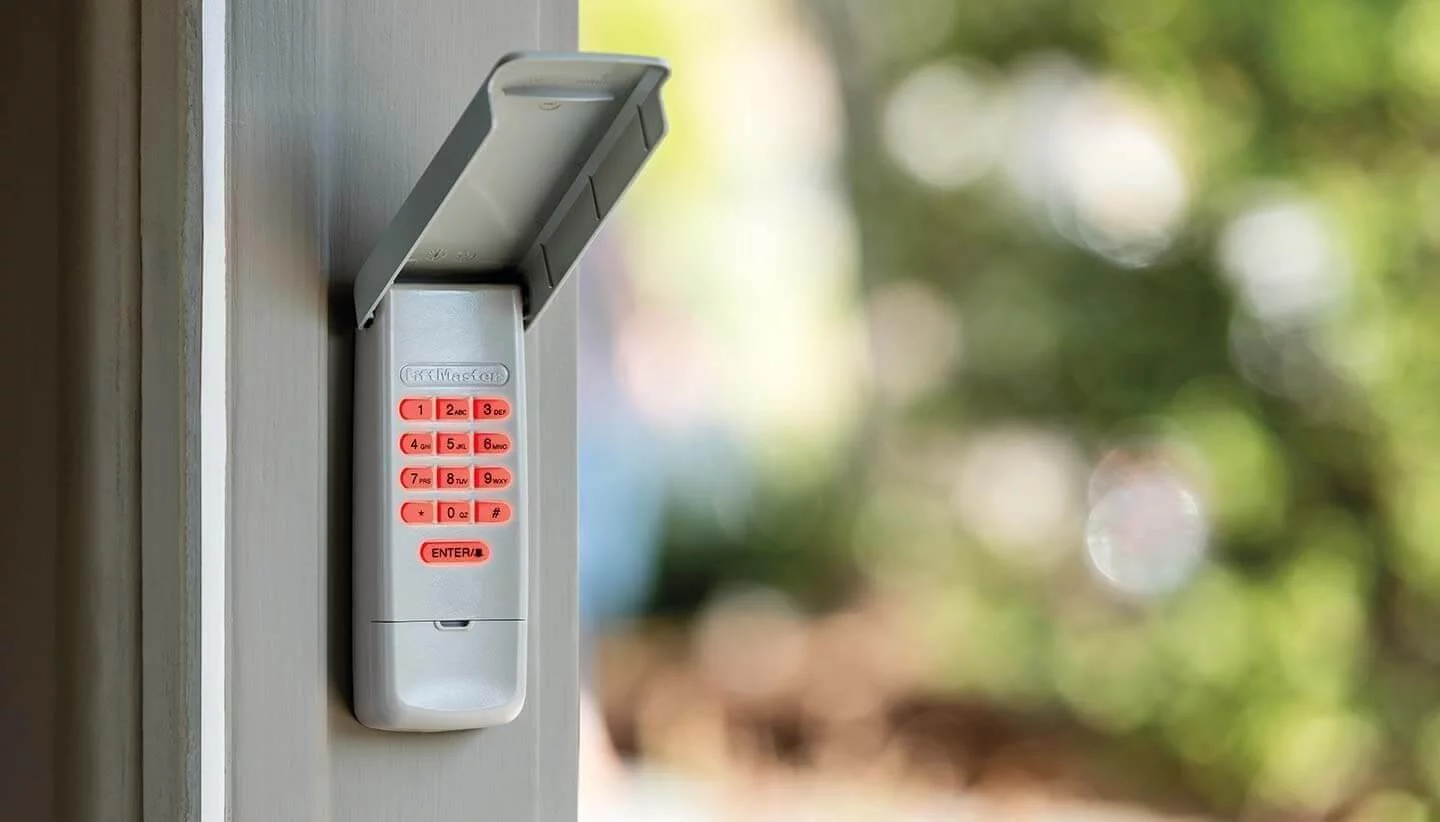

Articles
How Do You Change Garage Door Code
Modified: December 7, 2023
Learn how to change the garage door code with our informative articles. Secure your property and enhance your safety in just a few simple steps.
(Many of the links in this article redirect to a specific reviewed product. Your purchase of these products through affiliate links helps to generate commission for Storables.com, at no extra cost. Learn more)
Introduction
Garage door codes play a crucial role in ensuring the security and accessibility of your home. It is important to have a strong and unique code for your garage door to prevent unauthorized access. However, there may come a time when you need to change the garage door code, whether it’s due to security concerns or for convenience.
In this article, we will explore the process of changing the garage door code and provide step-by-step instructions for different methods. Whether you have an opener with a control panel, an external keypad, or need to reset the opener to factory settings, we’ve got you covered.
We will also discuss the reasons why you might want to change your garage door code and offer some tips to ensure a successful code change. By the end of this article, you will have the knowledge and confidence to change your garage door code effectively and maintain the security of your home.
Key Takeaways:
- Changing your garage door code is crucial for security and convenience. Whether using the control panel, keypad, or resetting to factory settings, follow the steps and tips to maintain a secure home.
- Choose a secure and unique code, keep it private, and regularly update it to ensure the safety of your property. Test the new code and seek professional help if needed for a smooth transition.
Understanding Garage Door Codes
Garage door codes, also known as access codes or PIN codes, are numerical combinations that grant access to your garage door opener. These codes are entered through a control panel or an external keypad, depending on the type of opener you have installed.
Garage door codes are typically four to six digits long, but some systems may allow for shorter or longer codes. It is important to choose a code that is not easily guessed or replicated to ensure the security of your garage and home.
Most modern garage door openers feature rolling code technology. This means that every time you use the opener, the code changes, making it more difficult for potential intruders to guess the code or use a code-grabbing device. Rolling code technology provides an added layer of security to your garage door system.
It is essential to understand that changing the garage door code does not modify the opener or the physical aspects of the door. Instead, it modifies the code that grants access to the opener. This allows you to keep the existing opener and keypad while changing the code to enhance security or convenience.
Now that we have a better understanding of garage door codes and their function, let’s explore the reasons why you may need to change your garage door code.
Reasons for Changing Garage Door Code
There are several reasons why you may need to change your garage door code. Let’s explore some of the most common reasons:
- Security: One of the primary reasons for changing the garage door code is to enhance the security of your home. If you suspect that your code has been compromised or if you recently had a break-in, it is crucial to change the code immediately. By doing so, you prevent unauthorized individuals from gaining access to your garage and potentially your home.
- Selling or Renting Property: If you are in the process of selling or renting out your property, changing the garage door code is a wise move. It ensures that only the new owners or tenants have access to the garage, providing an added layer of security and peace of mind.
- Lend or Borrow: There may be instances where you need to lend your garage code to a trusted friend, family member, or service provider. Once their task is complete or when you no longer require their access, it is essential to change the code. This prevents them from using the old code to gain entry without your permission.
- Keyless Entry: Changing the garage door code can also be beneficial for convenience purposes. If you prefer a keyless entry system or want to assign different codes to individual family members, changing the code allows you to personalize access and make it more convenient for everyone.
- Lost or Stolen Codes: If you have misplaced your garage door opener or suspects that it has been stolen, changing the garage door code is a vital step. This ensures that the missing opener becomes useless to potential intruders.
By considering these reasons, you can determine whether it is necessary to change your garage door code. In the following sections, we will explore different methods that you can use to change the code effectively.
Steps to Change Garage Door Code
Changing your garage door code is a relatively straightforward process. The steps may vary depending on the type of opener you have, but the fundamental concept remains the same. Here are the general steps to change your garage door code:
- Step 1: Determine the Type of Opener: Identify whether you have an opener with a control panel or an external keypad. This will determine the specific method you will use to change the code.
- Step 2: Access the Control Panel or Keypad: Locate the control panel or external keypad and ensure that you have access to it.
- Step 3: Enter the Existing Code: To change the code, you will need to enter the existing code first. This step verifies that you have authorization to modify the code.
- Step 4: Access the Code Change Function: Each opener manufacturer may have a different process to access the code change function. Refer to your opener’s manual or manufacturer’s instructions to find the specific steps for your model.
- Step 5: Enter the New Code: Once you have accessed the code change function, enter the new code of your choice. Remember to choose a secure, unique code that is not easily guessed.
- Step 6: Test the New Code: After entering the new code, perform a test to ensure that it is working correctly. Open and close the garage door using the new code to verify that it grants access as intended.
- Step 7: Update Additional Keypads (If Applicable): If you have multiple keypads connected to the garage door opener, you may need to update the code on each keypad individually. Refer to the manufacturer’s instructions for the specific steps to update additional keypads.
- Step 8: Make a Note of the New Code: It is important to keep a record of the new code in a safe and easily accessible place. This ensures that you have a backup in case you forget or need to share the code with authorized individuals.
By following these steps, you can effectively change the garage door code and maintain the security and accessibility of your home. The next sections will provide detailed instructions for each option, whether you are using the opener’s control panel or an external keypad.
Option 1: Using the Opener’s Control Panel
If your garage door opener has a control panel, you can change the garage door code directly from the control panel itself. Follow these steps:
- Step 1: Locate the Control Panel: The control panel is usually mounted on the wall near the garage door. Look for a small rectangular box with buttons or a digital display.
- Step 2: Enter the Existing Code: Using the buttons or keypad on the control panel, enter the existing code to access the settings. This step verifies that you have authorization to make changes.
- Step 3: Access the Code Change Function: Once you have entered the existing code, locate the code change function on the control panel. This may be indicated by a specific button or a combination of buttons. Consult the opener’s manual or manufacturer’s instructions for the specific steps to access the code change function.
- Step 4: Enter the New Code: With the code change function activated, enter the new code of your choice. The control panel should have buttons or a keypad to input the digits. Choose a secure and unique code that is not easily guessed.
- Step 5: Test the New Code: After entering the new code, perform a test to ensure that it is working correctly. Use the new code to open and close the garage door and make sure it grants access as intended.
- Step 6: Update Additional Keypads (If Applicable): If you have multiple keypads connected to the garage door opener, you may need to update the code on each keypad individually. Consult the manufacturer’s instructions for specific steps to update additional keypads.
- Step 7: Make a Note of the New Code: Keep a record of the new code in a safe place where you can easily reference it. This ensures that you have a backup in case you forget the code or need to share it with authorized individuals.
By following these steps, you can change the garage door code using the opener’s control panel. This option offers a convenient and straightforward method for changing the code without the need for any additional equipment.
To change your garage door code, locate the programming button on the opener, press it, then enter a new code on the keypad and press the programming button again to save it. Always refer to your specific garage door opener manual for detailed instructions.
Option 2: Using the External Keypad
If your garage door opener has an external keypad, you can change the garage door code directly from the keypad itself. Follow these steps:
- Step 1: Locate the External Keypad: The external keypad is typically located on the outside of the garage, near the entrance. It may be attached to the wall or integrated into the garage door frame.
- Step 2: Enter the Existing Code: Using the keypad, enter the existing code to access the settings. This step verifies that you have authorization to make changes.
- Step 3: Access the Code Change Function: Once you have entered the existing code, find the code change function on the keypad. Consult the manufacturer’s instructions or keypad manual for specific steps to access the code change function. This may involve pressing a specific sequence of buttons or using a designated programming code.
- Step 4: Enter the New Code: With the code change function activated, enter the new code of your choice. Use the keypad to input the digits. It is important to choose a secure and unique code that is not easily guessed.
- Step 5: Test the New Code: After entering the new code, perform a test to ensure that it is working correctly. Use the new code on the keypad to open and close the garage door and ensure that it grants access as intended.
- Step 6: Update Additional Keypads (If Applicable): If you have multiple keypads connected to the garage door opener, you may need to update the code on each keypad individually. Refer to the manufacturer’s instructions or keypad manual for specific steps to update additional keypads.
- Step 7: Make a Note of the New Code: Keep a record of the new code in a secure location where you can easily access it. This ensures that you have a backup in case you forget the code or need to share it with authorized individuals.
By following these steps, you can change the garage door code using the external keypad. This option provides a convenient way to modify the code without the need for accessing the opener’s control panel or additional equipment.
Option 3: Resetting the Opener to Factory Settings
If you are unable to change the garage door code using the control panel or external keypad, or if you want to start fresh with a completely new code, you can consider resetting the opener to its factory settings. Here’s how:
- Step 1: Locate the Opener’s Reset Button: The reset button is typically located on the back or side of the opener unit. It may be labeled as “Reset” or “Learn” button. Refer to the opener’s manual or manufacturer’s instructions to find the exact location of the reset button.
- Step 2: Press and Hold the Reset Button: Press and hold the reset button for a few seconds until the LED light on the opener starts blinking. This indicates that the opener is in the process of resetting.
- Step 3: Release the Reset Button: After the LED light starts blinking, release the reset button. The opener will now be reset to its factory settings, including the default garage door code.
- Step 4: Set a New Code: Once the opener is reset, follow the instructions provided with the opener to set a new code. This may involve using the control panel or external keypad to enter a new code of your choice.
- Step 5: Test the New Code: After setting the new code, test it by using the control panel or external keypad to open and close the garage door. Ensure that the new code grants access as intended.
- Step 6: Update Additional Keypads (If Applicable): If you have multiple keypads connected to the opener, you may need to update the code on each keypad individually. Consult the manufacturer’s instructions or keypad manual for specific steps to update additional keypads.
- Step 7: Make a Note of the New Code: Keep a record of the new code in a secure place where you can easily reference it. This ensures that you have a backup in case you forget the code or need to share it with authorized individuals.
By following these steps, you can reset the opener to its factory settings and set a new code. This option is helpful if you want to completely start afresh with a new code for enhanced security or convenience.
Tips for Changing Garage Door Code
When changing your garage door code, it’s important to keep a few tips in mind to ensure a smooth and successful process:
- Choose a Secure Code: Select a code that is not easily guessable. Avoid using obvious combinations such as sequential numbers (e.g., 1234) or repetitive patterns (e.g., 1111). Instead, opt for a random combination that includes a mix of numbers.
- Make it Unique: Avoid using the same code that you use for other access systems, such as your home alarm or bank PIN. This reduces the risk of someone guessing or gaining unauthorized access to multiple systems with the same code.
- Keep it Private: Only share the garage door code with authorized individuals who have a legitimate need for access. Avoid sharing the code with strangers or unknown service personnel. Additionally, remind family members or tenants to keep the code confidential.
- Regularly Change the Code: It’s a good practice to change the garage door code periodically, even if you haven’t encountered any security issues. This helps maintain a high level of security and reduces the chances of someone guessing the code or gaining unauthorized access over time.
- Record the Code: Keep a record of the new code in a secure location where you can easily find it if needed. Consider using a password manager or a locked physical document to store the code safely. This ensures you have a backup in case you forget or need to share the code in the future.
- Test the New Code: After changing the code, thoroughly test it to ensure that it is working correctly. Open and close the garage door using the new code several times to verify that it grants access as intended. If there are any issues, consult the opener’s manual or contact the manufacturer for assistance.
- Update Keypads and Remotes: If you have multiple keypads or remote controls connected to the garage door opener, remember to update the code on each device individually. This ensures consistency and prevents any confusion or access issues with outdated codes.
- Consider Professional Help: If you are unsure about changing the garage door code or encounter any difficulties during the process, don’t hesitate to seek professional assistance. A qualified technician can guide you through the steps or perform the code change for you, ensuring a smooth and secure transition.
By following these tips, you can effectively change the garage door code and maintain the security of your home. Remember, the garage door code is a key element in safeguarding your property and belongings, so treat it with the utmost importance.
Conclusion
Changing the garage door code is an essential step in maintaining the security and accessibility of your home. Whether you choose to use the opener’s control panel, an external keypad, or reset the opener to factory settings, it’s crucial to follow the proper steps and consider important tips.
By changing the code, you enhance the security of your garage and prevent unauthorized access. It’s recommended to choose a unique and secure code that is not easily guessable and to regularly update it for added protection.
Remember to keep the new code private and only share it with authorized individuals. Additionally, keep a record of the code in a secure location to ensure you have a backup if needed.
Regularly testing the new code and updating keypads and remote controls connected to the opener is also essential to avoid any access issues or confusion.
If you encounter any difficulties or are unsure about changing the garage door code, don’t hesitate to seek professional help. A qualified technician can assist you in the process and ensure a smooth transition.
By following the steps, considering the tips, and prioritizing the security of your home, you can successfully change the garage door code and have peace of mind knowing that your property is protected.
Remember, maintaining the security of your garage door is a proactive step towards protecting your home and ensuring the safety of your loved ones and belongings.
Frequently Asked Questions about How Do You Change Garage Door Code
Was this page helpful?
At Storables.com, we guarantee accurate and reliable information. Our content, validated by Expert Board Contributors, is crafted following stringent Editorial Policies. We're committed to providing you with well-researched, expert-backed insights for all your informational needs.
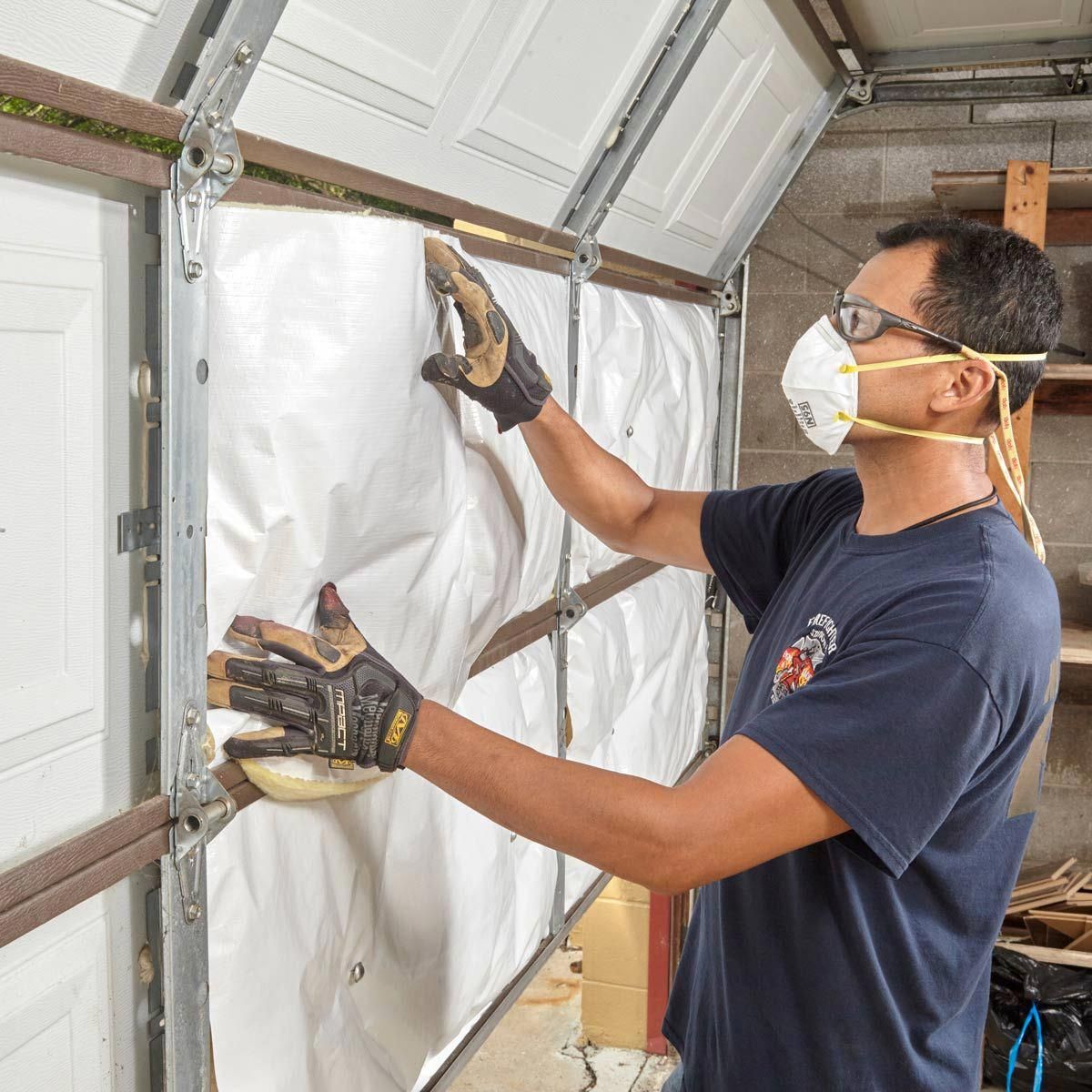
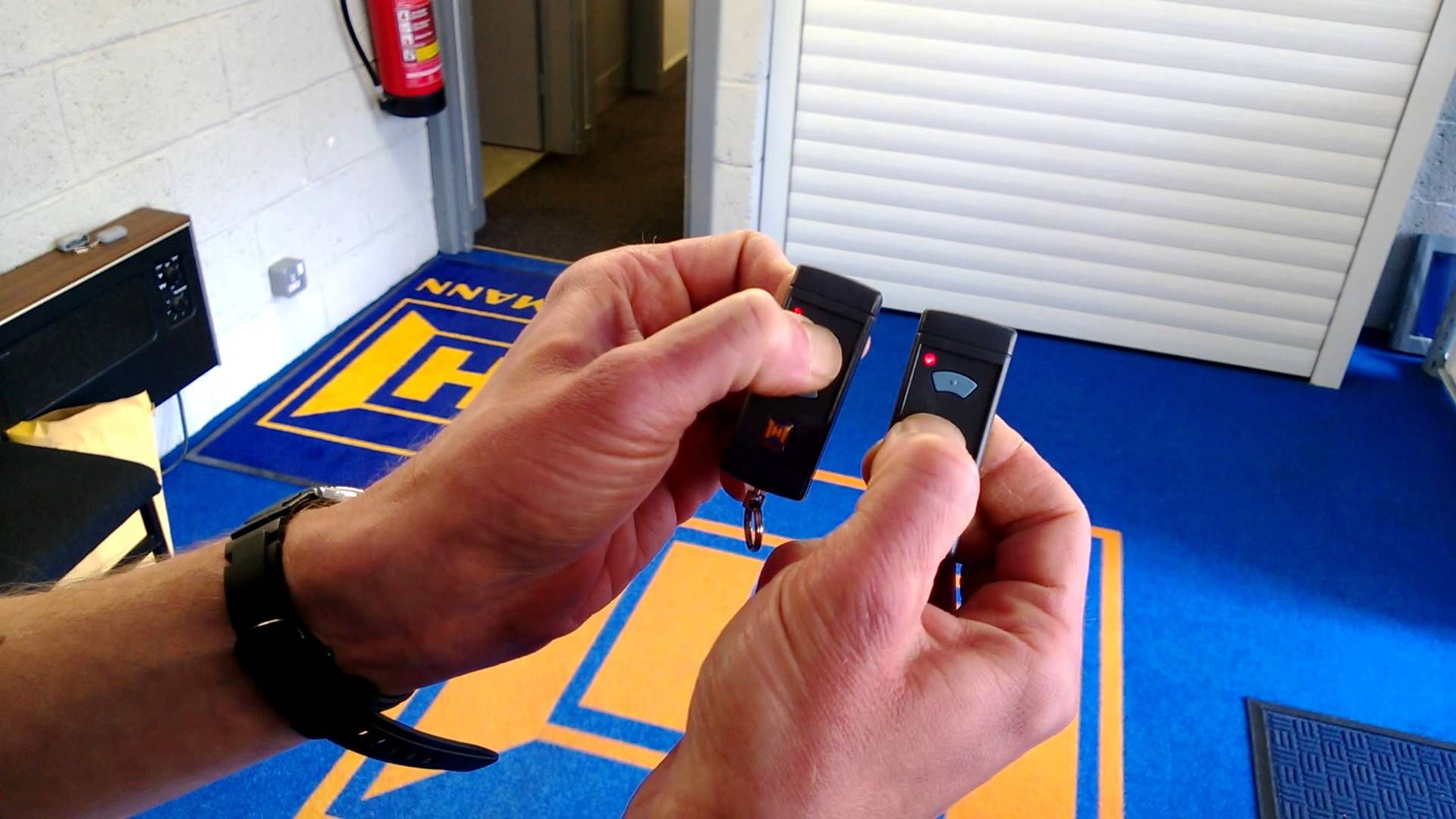
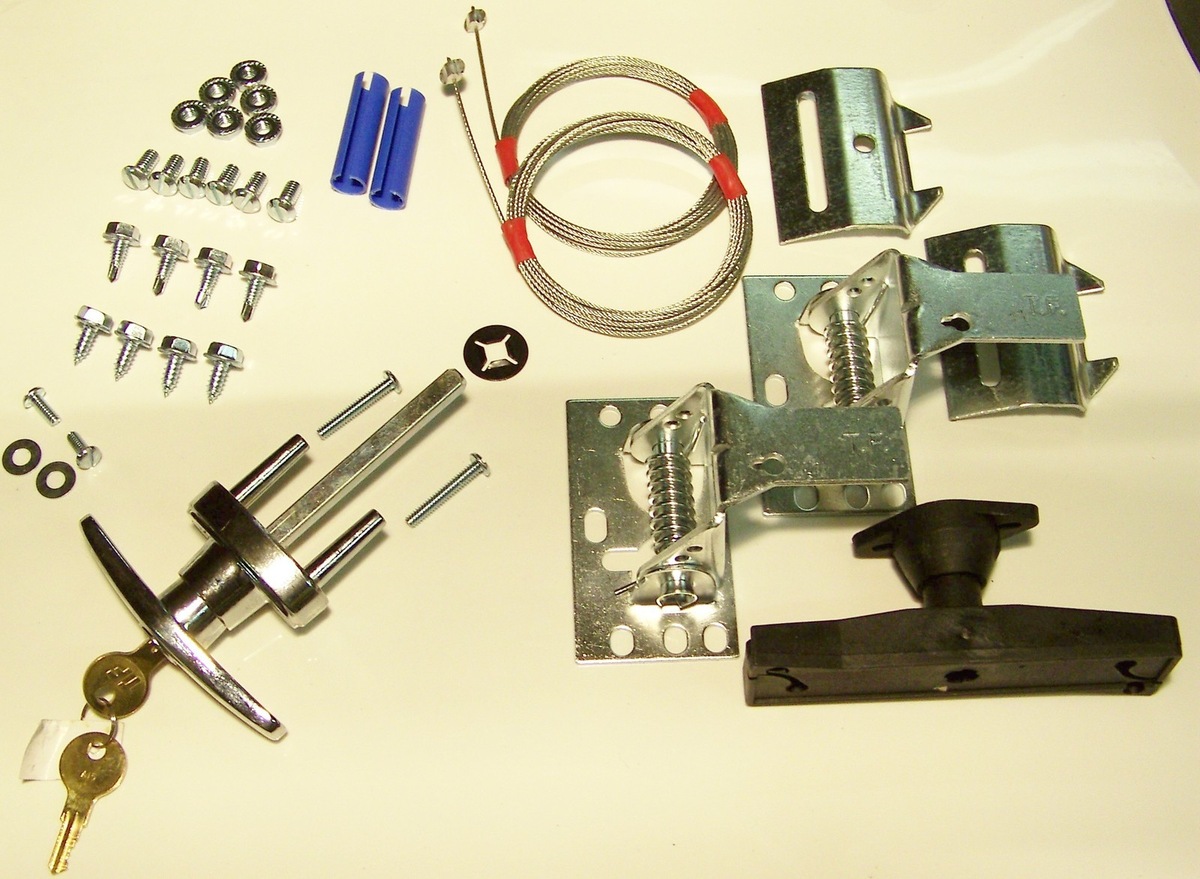
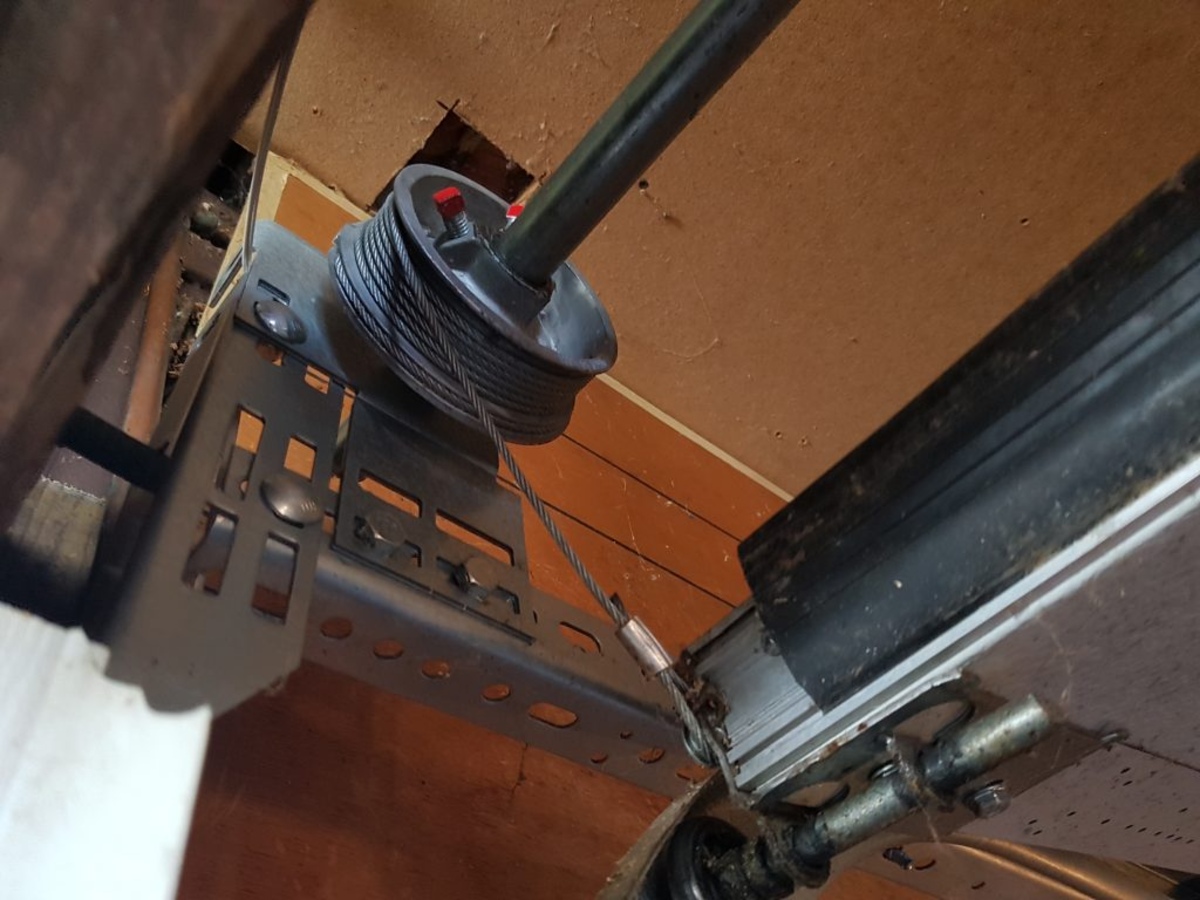
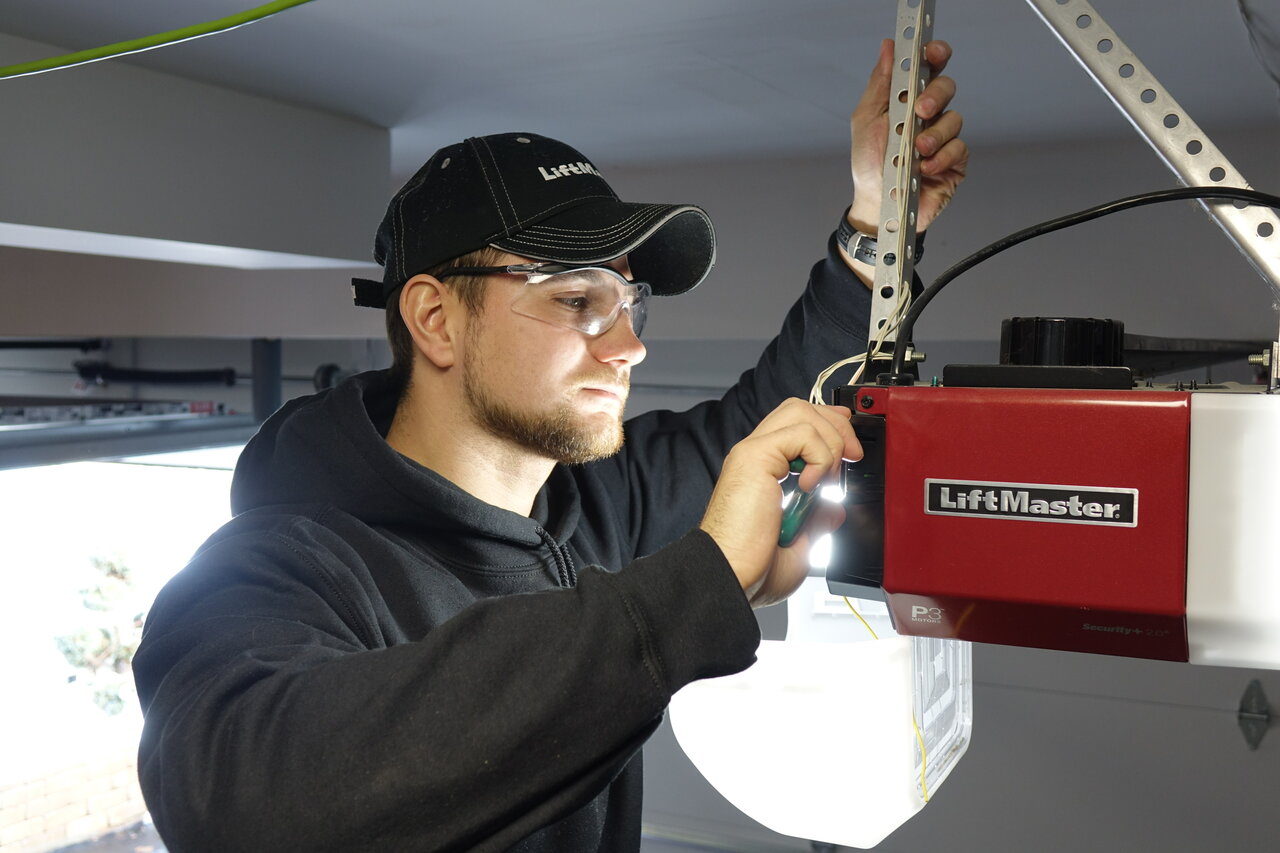
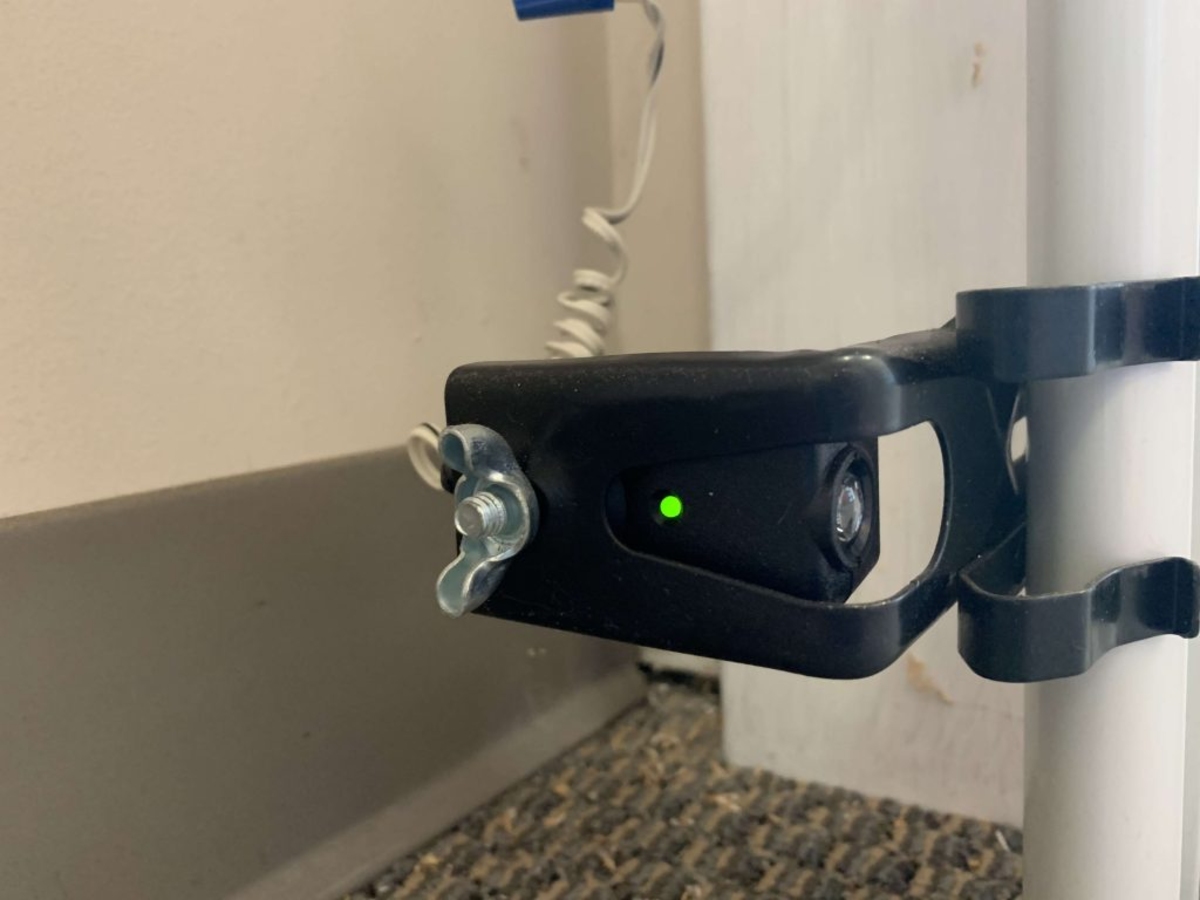
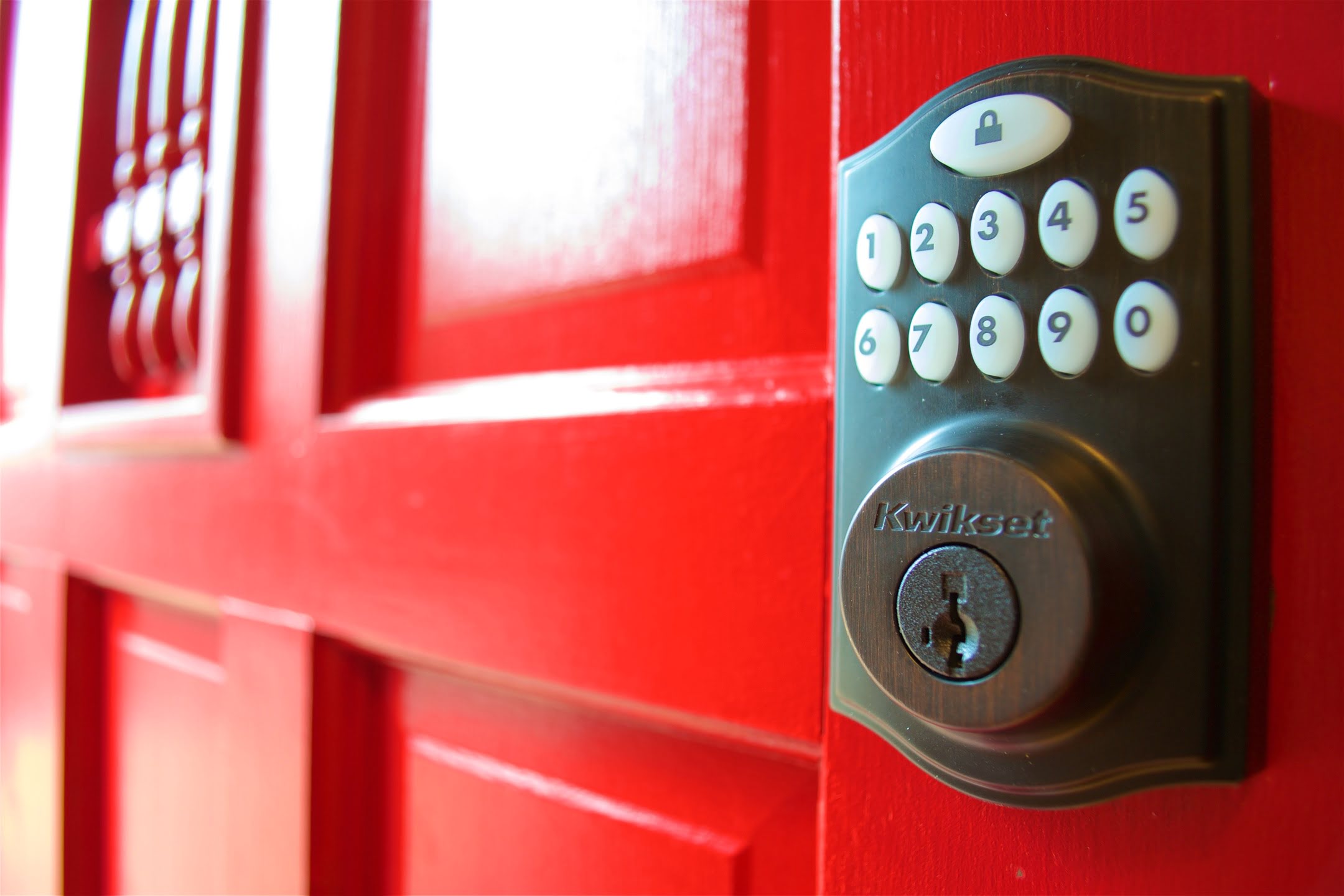
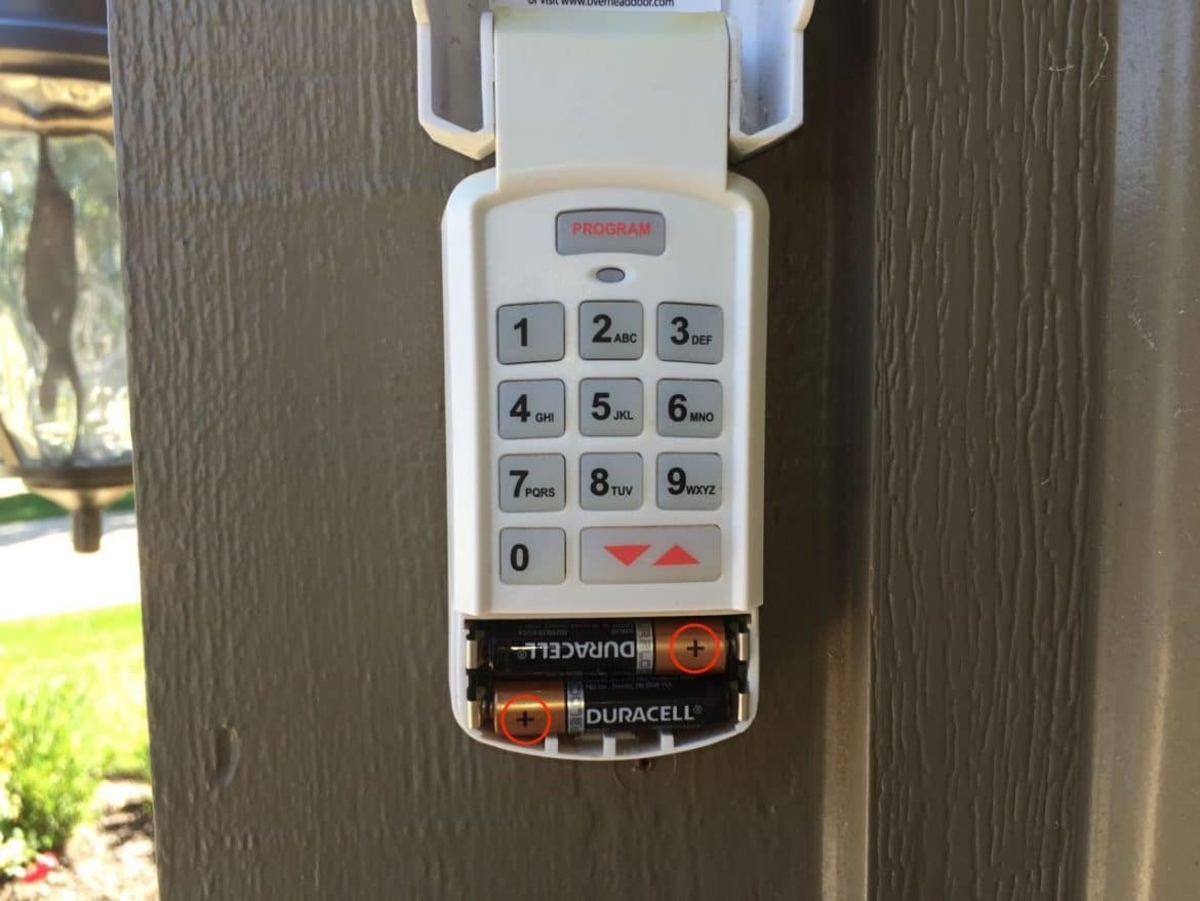
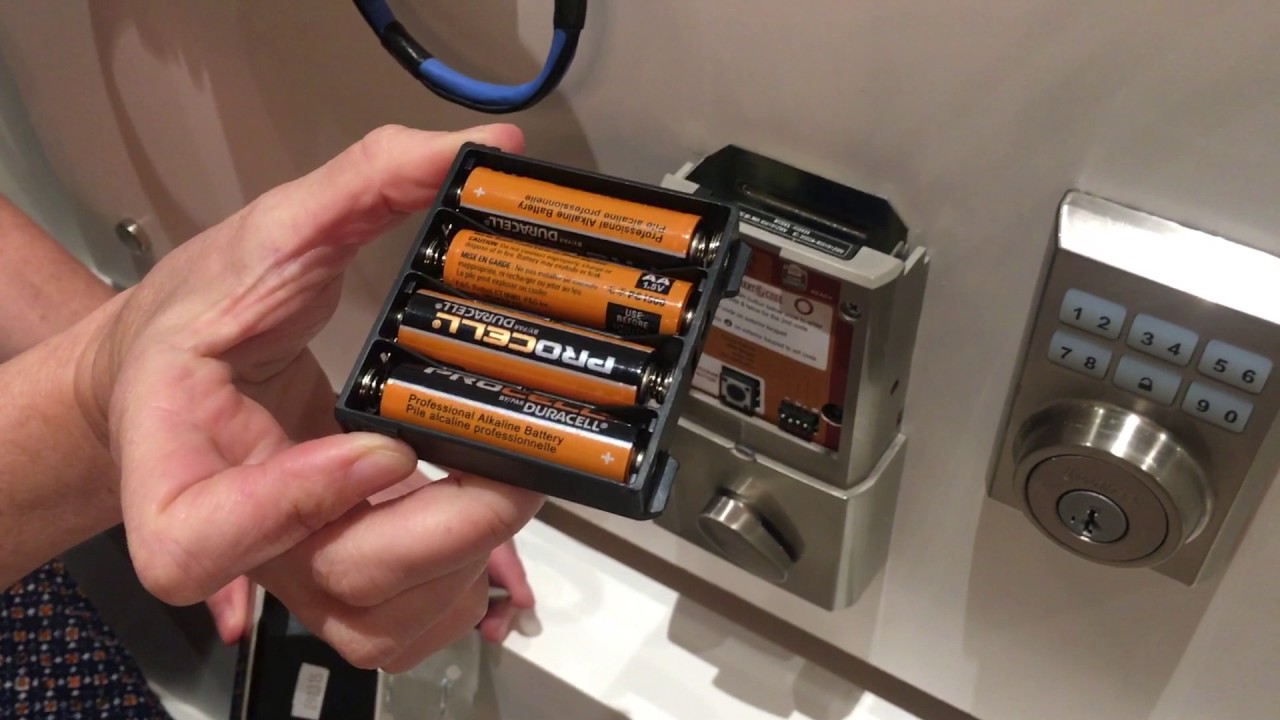
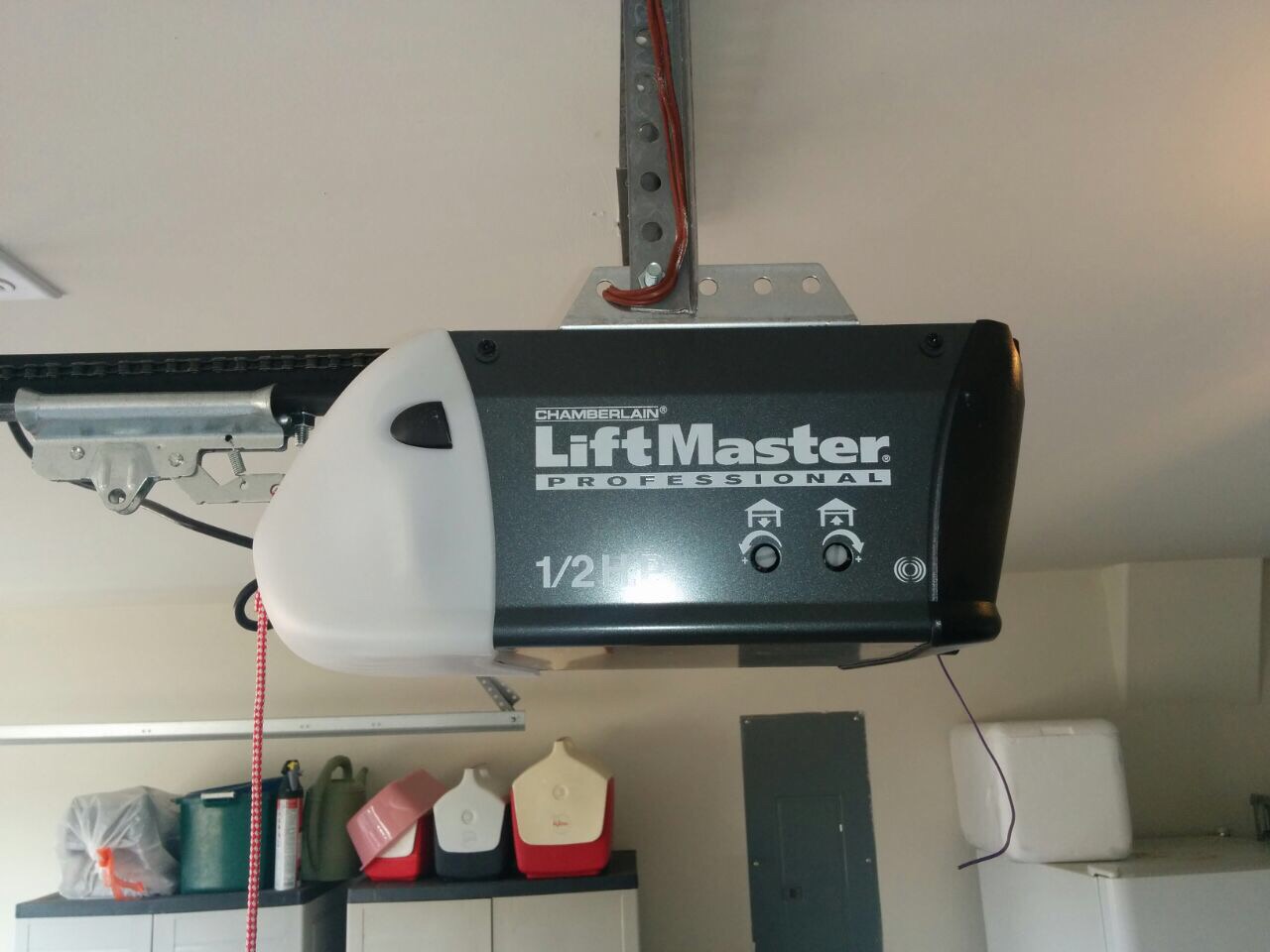
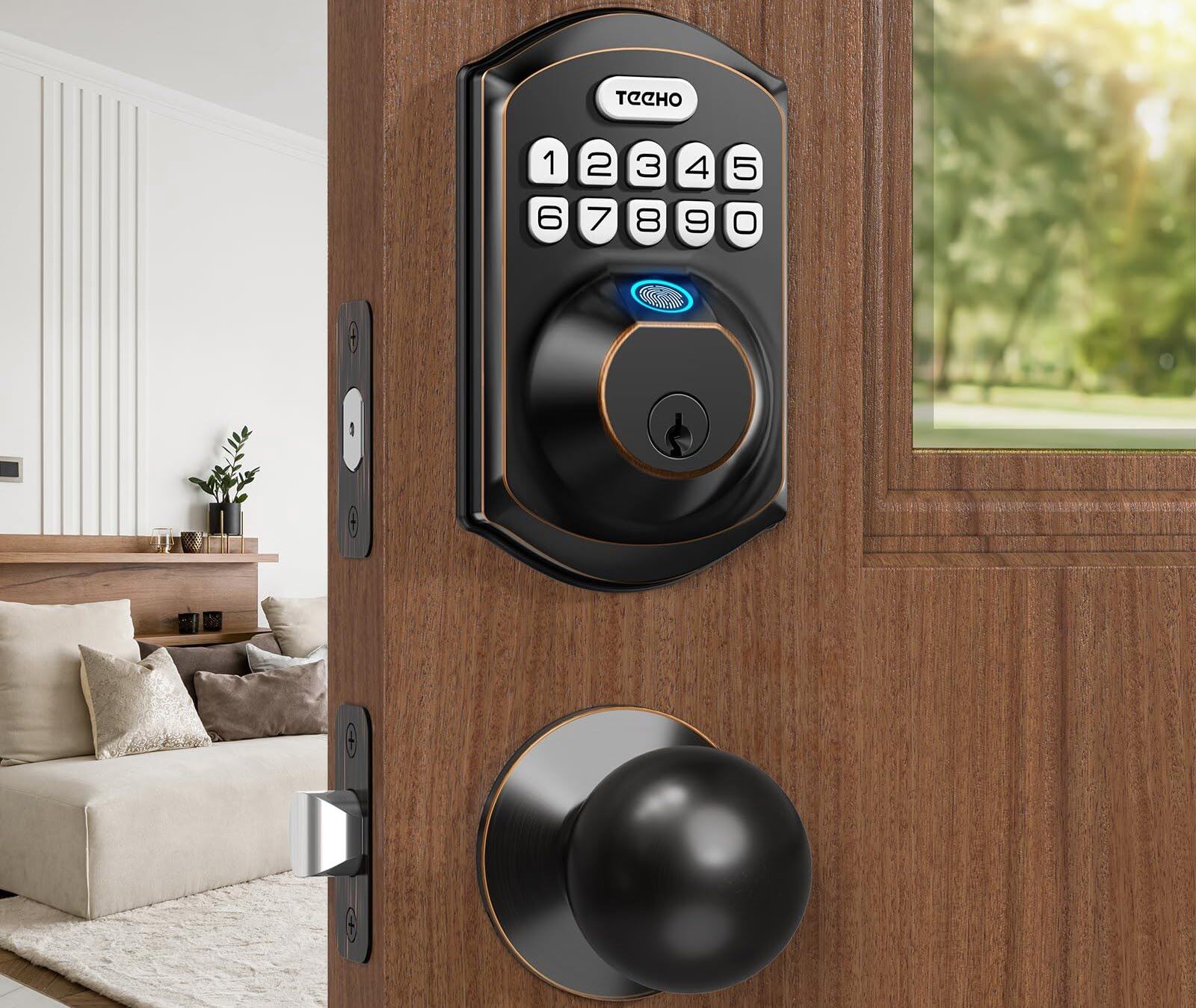
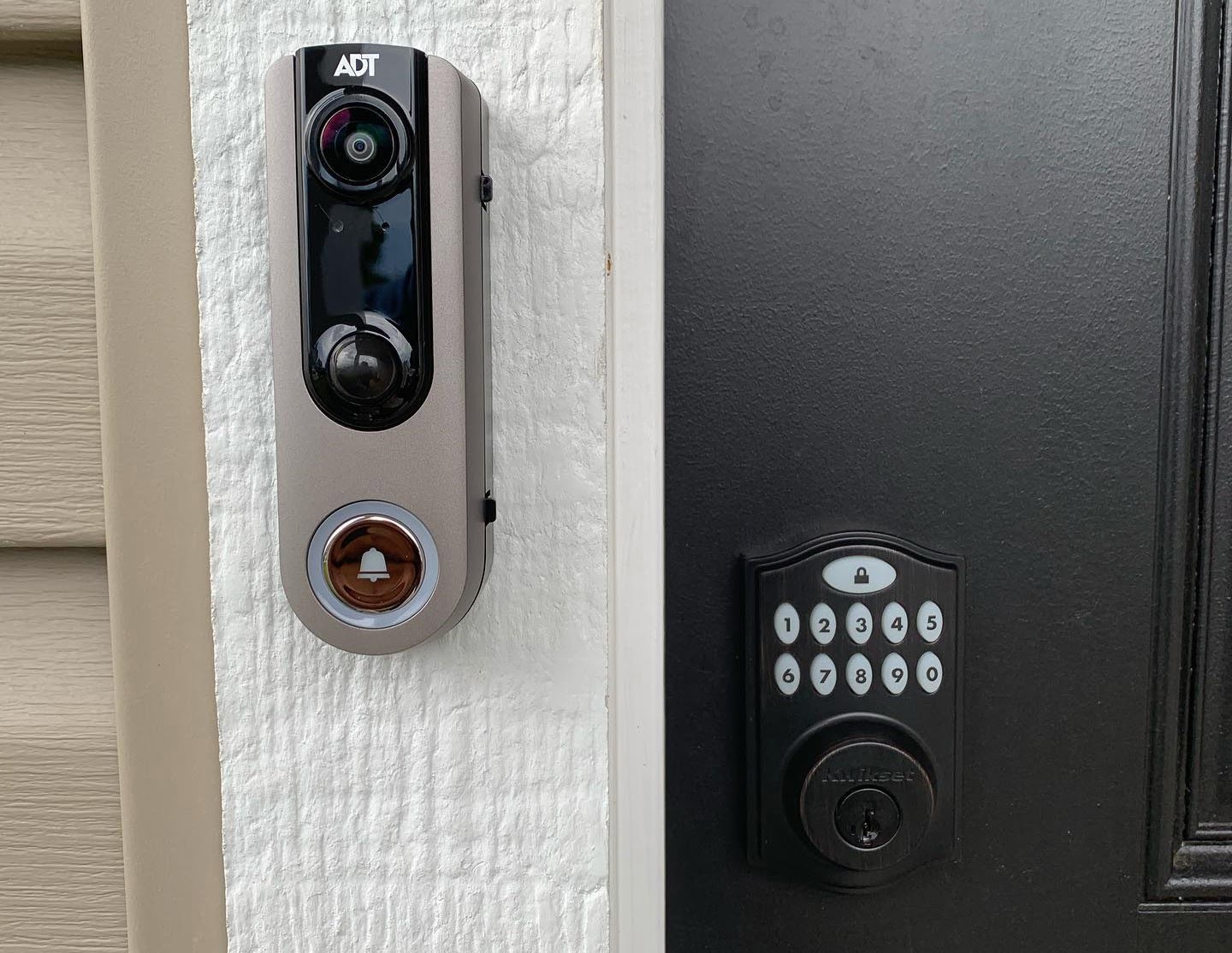
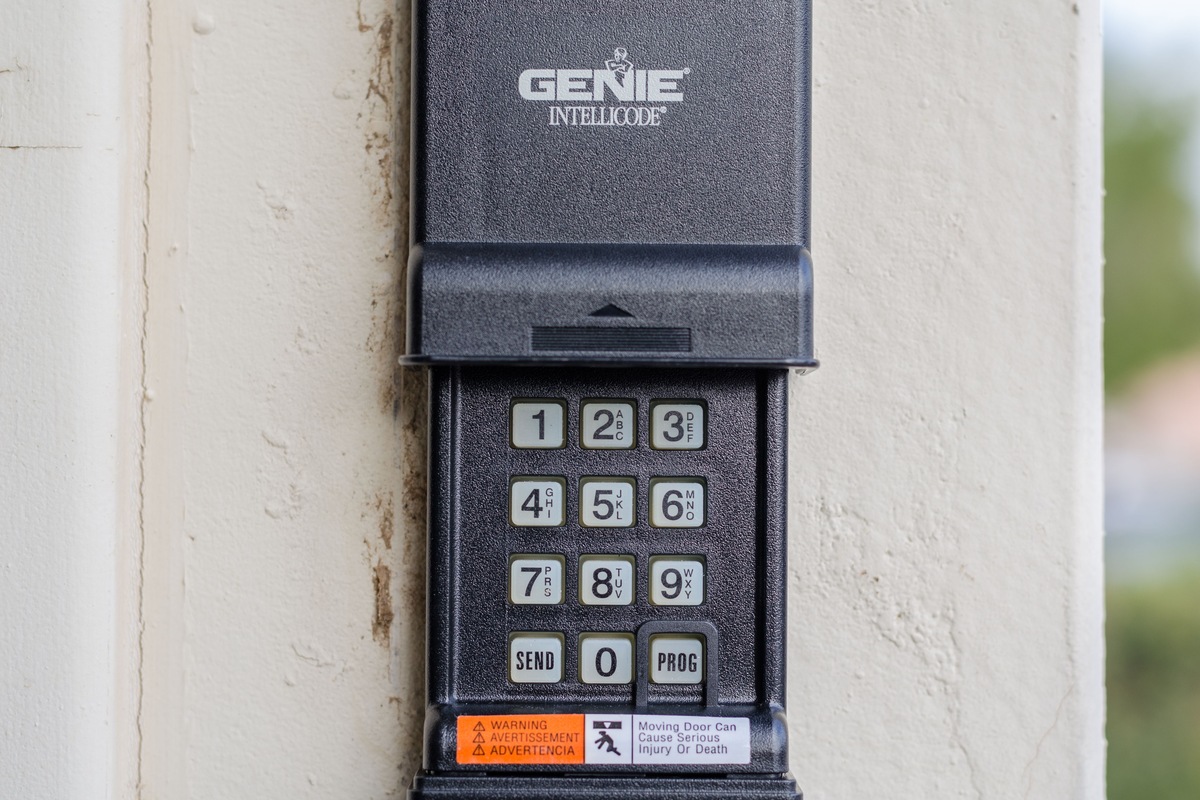
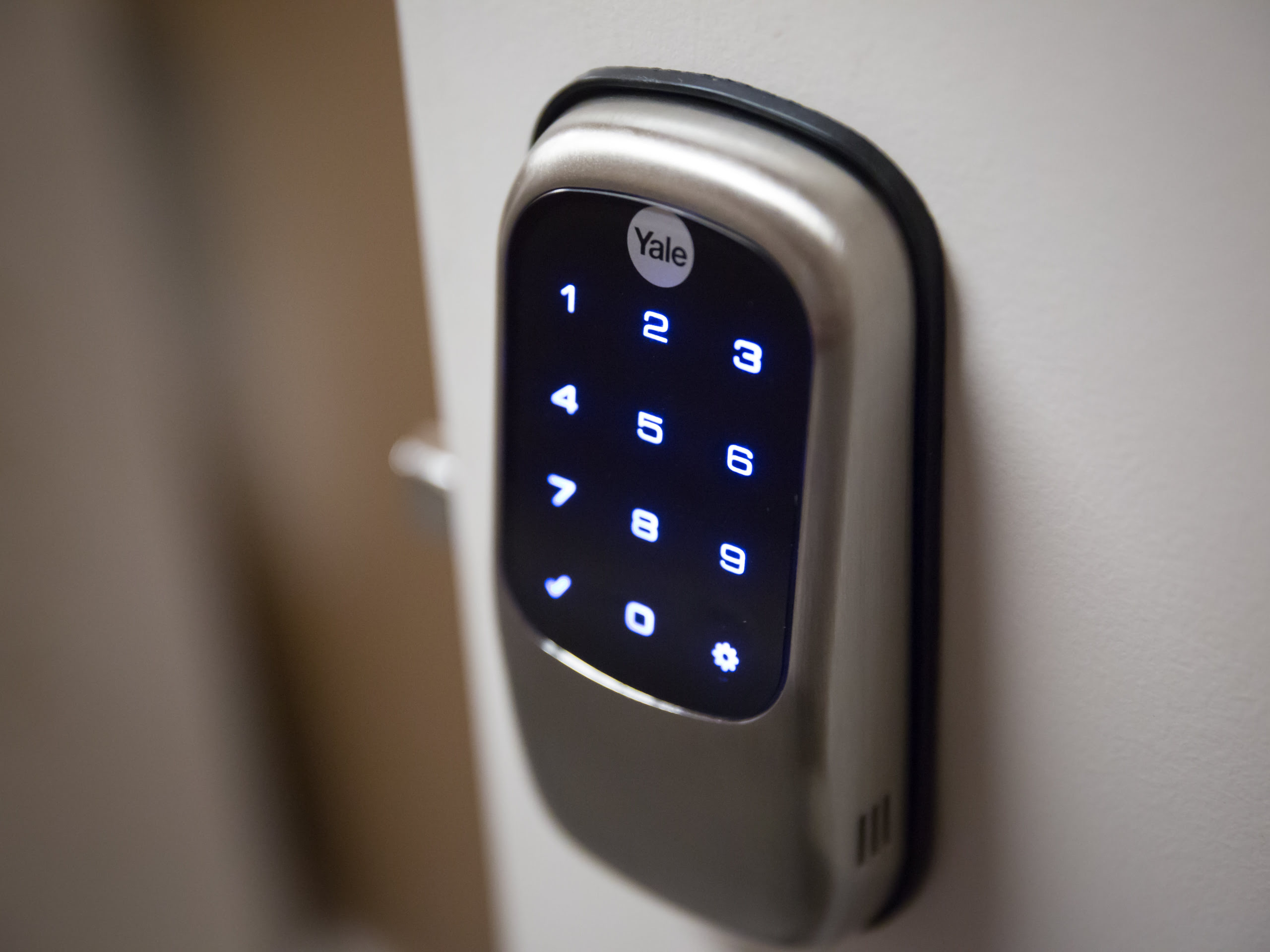

0 thoughts on “How Do You Change Garage Door Code”